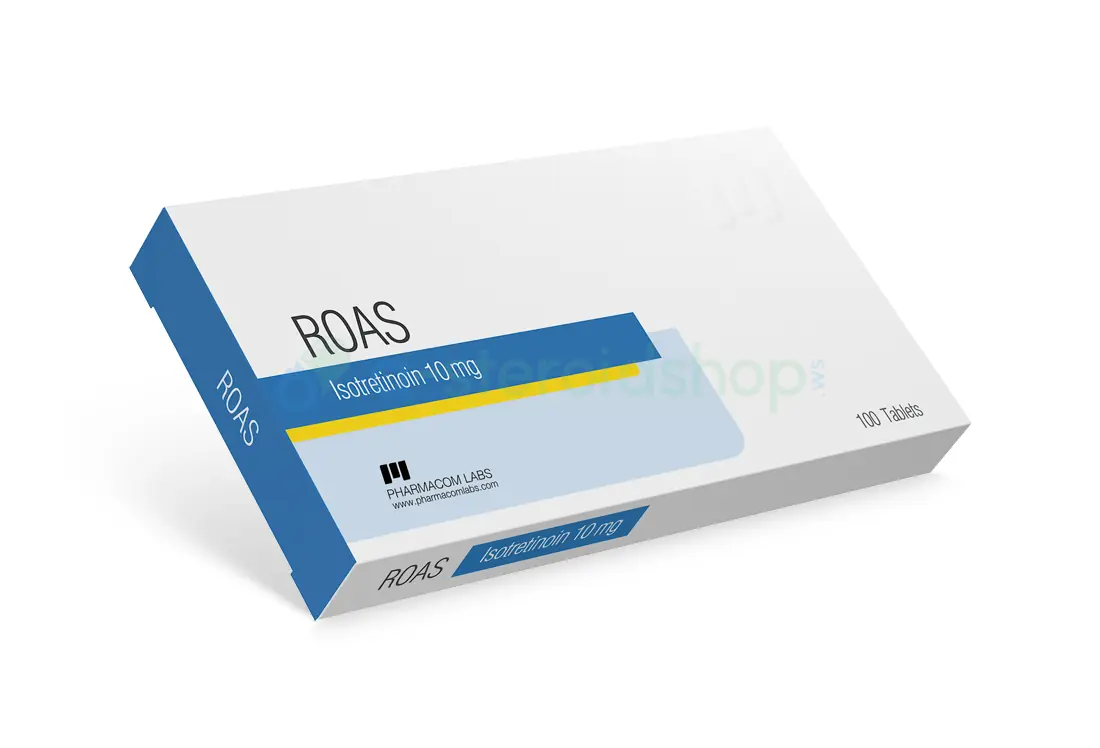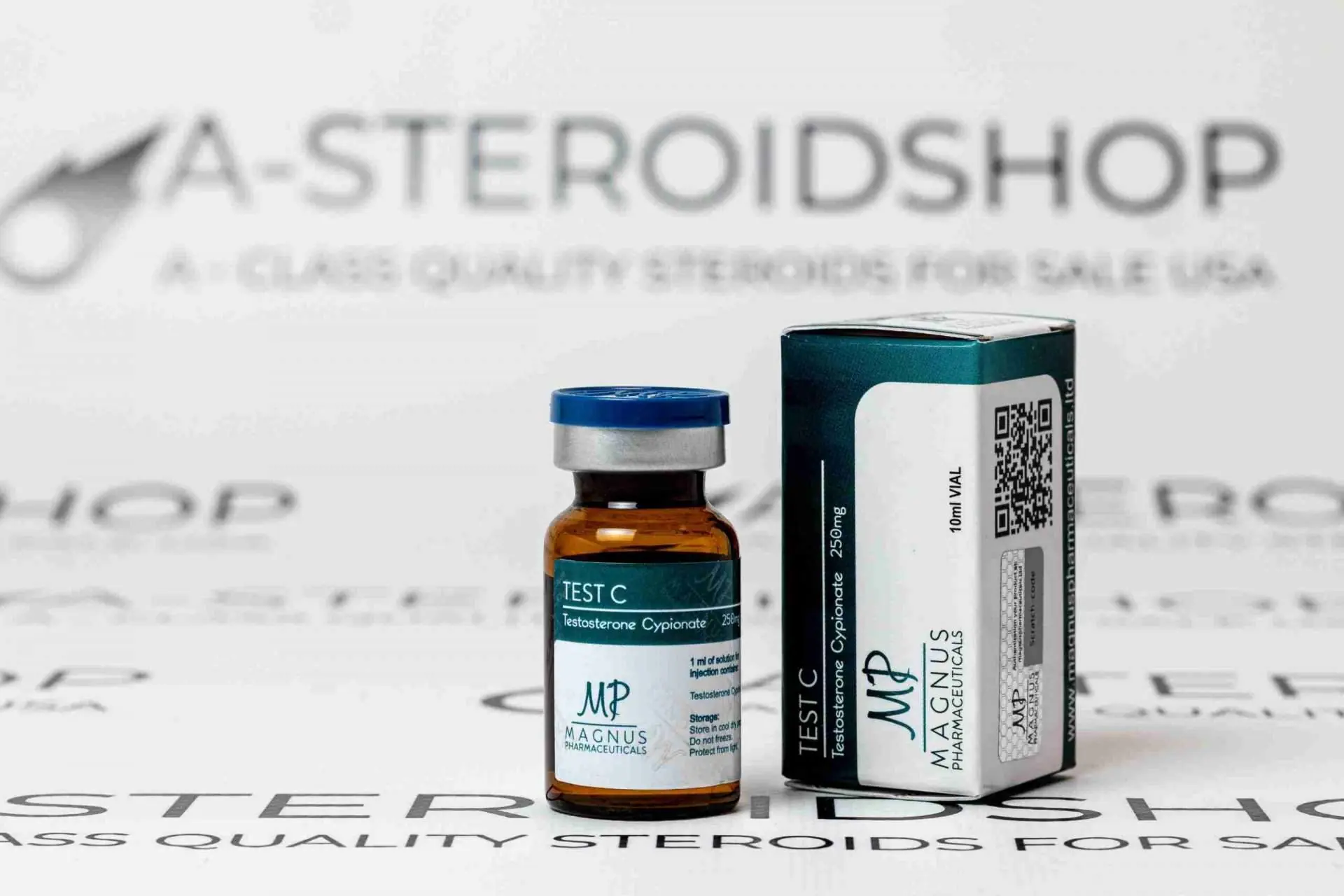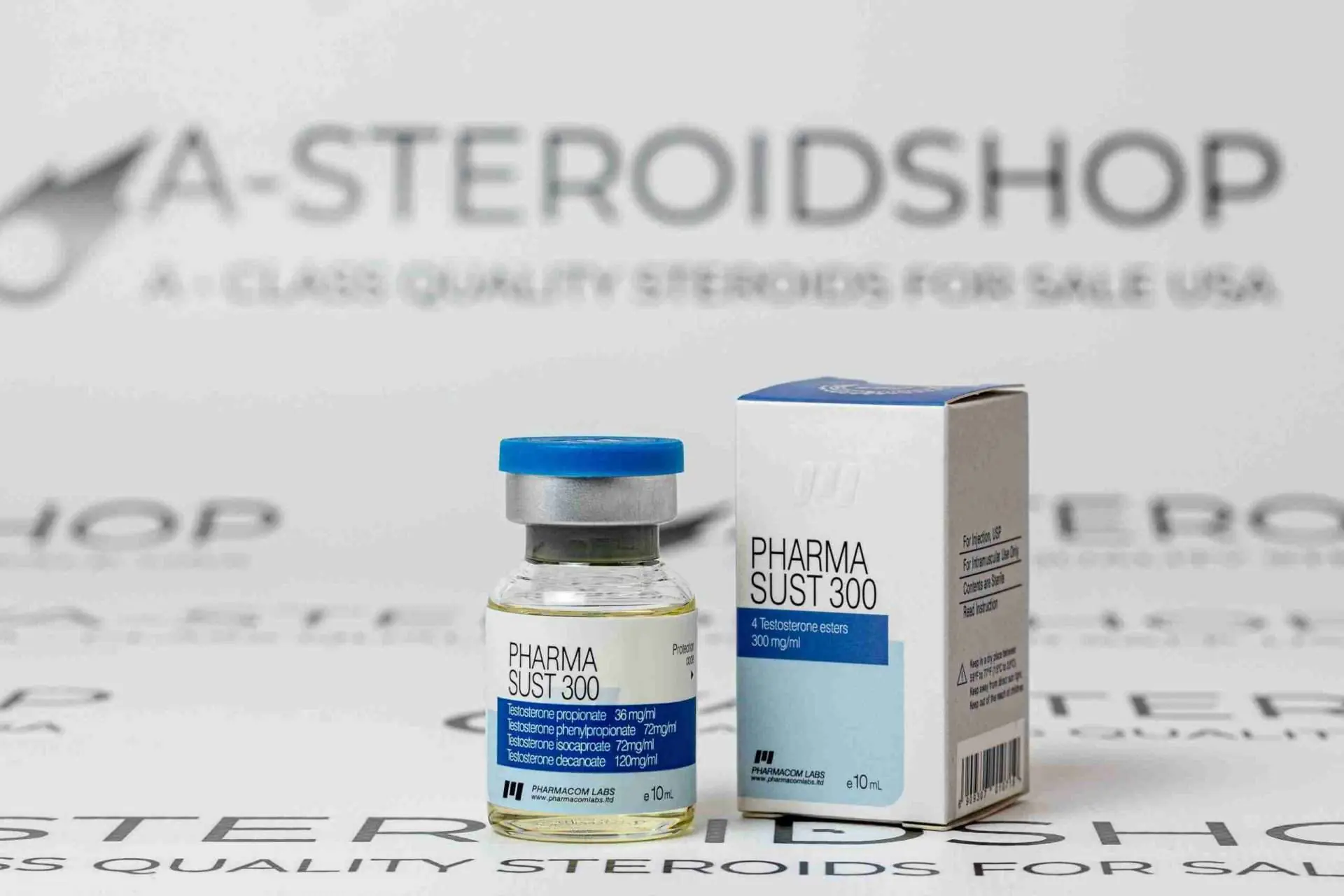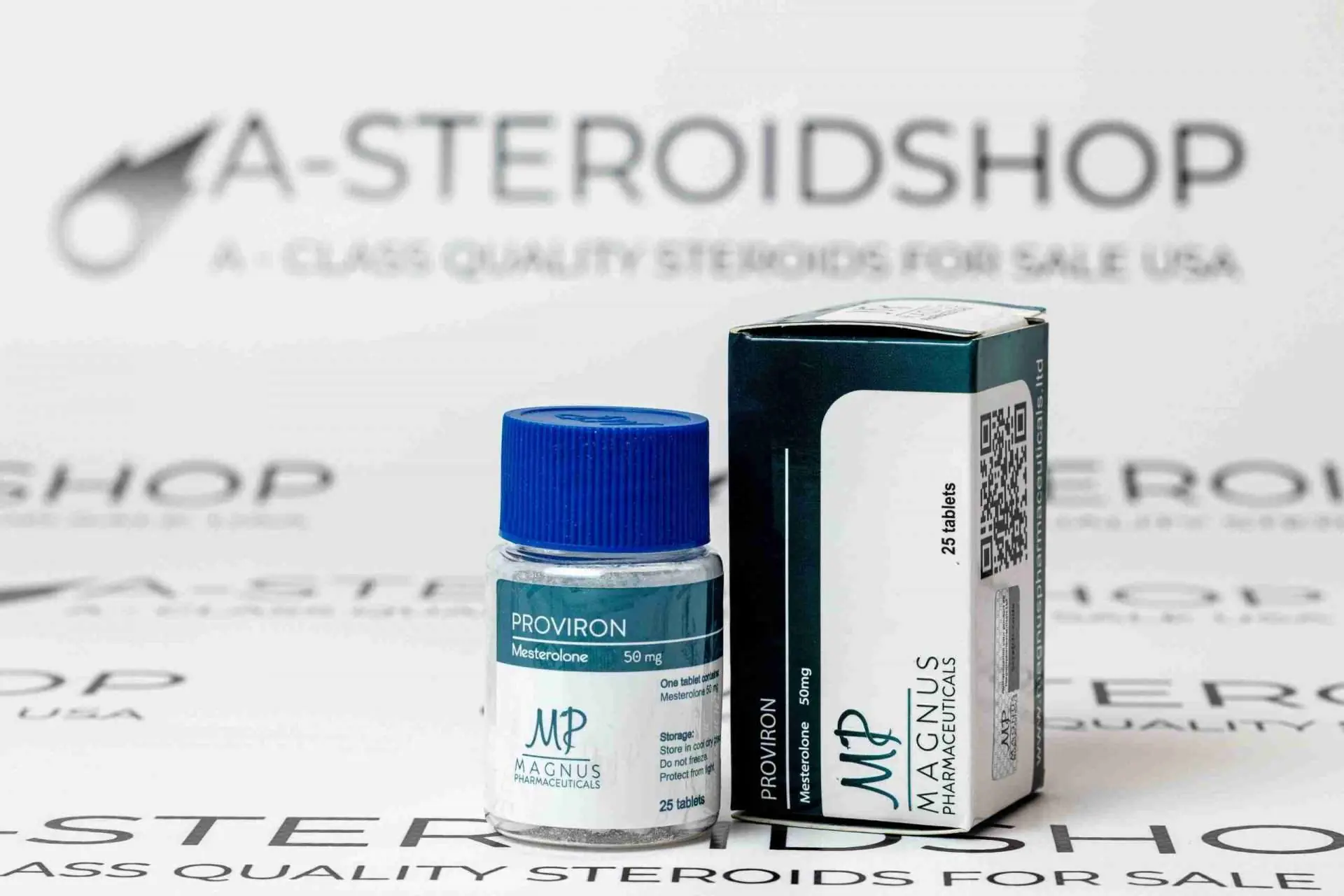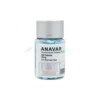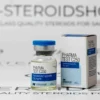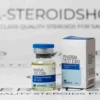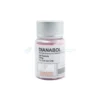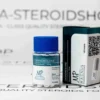ROAS Pharmacom is a prescription-only pharmaceutical drug designed to alleviate severe acne that is not responsive to other treatments, especially nodular or cystic acne. Isotretinoin, for example, is a form of retinol from vitamin A and is given when the condition can’t be treated with different medicines like antibiotics, among others. This drug effectively prevents inflammation in the affected area, decreasing sebum secretion and lessening the possibility of new pimple formation. Nevertheless, it is pertinent to understand that ROAS 10 is a potent drug and should be prescribed only under medical professionals’ recommendation, who must also warn the clients about the side effects and Teratogenicity profile of this medication.
What is ROAS?
Combining lymecycline, ROAS 10 is an oral medication intended to treat severe acne. This is contained in its key active ingredient, Isotretinoin, and comes in a 10mg dosage form. To break it down, Isotretinoin is effective because it causes the sebaceous (oil) glands to shrink, secrete less, and simultaneously aids the skin in faster renewal. Apart from breaking down sebum, Isotretinoin also minimizes the prospect of bacteria that lead to acne formation thriving on the skin.
Depending on the manufacturer or pharmaceutical company, this is often packaged in blister packs or bottles. Due to these procedural focuses, it is seen that ROAS has the potential to reach and address the primary concerns further for patients with severe acne while improving the corresponding treatment outcomes.
How does ROAS (Isotretinoin 10mg) work?
ROAS 10 contains Isotretinoin, which floats around the body and influences several bodily functions to achieve its goal of ridding the skin of pimples and other skin blemishes. It decreases the size and activity of sebaceous glands, thus lowering sebum secretion. Even in countries with high fat-rich diets for people with oily skin, the sebum-producing glands function less. Sebum production is another important factor that leads to acne formation since it forms layers that lead to the formation of acne by providing a suitable environment for colonies of bacteria.
Furthermore, Isotretinoin elongates the turnover of skin cells so that dead skin cells cannot accumulate on the skin surface and thus block the pores. It also works as an anti-inflammatory, which plays a big role, especially with those who have severe cases of acne, since it helps to eliminate the redness and inflammation of the skin. In this way, ROAS has a more diverse approach to managing nodular and cystic acne using multiple pathways.
Benefits of ROAS
- Improvement of Skin Quality: It also eliminates dead skin on the face, thus helping to reduce acne scars and enhance the skin texture through the expulsion of excess oil.
- Reduction of Sebum Production: ROAS 10 also reduces the secretion of oil that clogs the face by shrinking sebaceous glands central to acne.
- Acne Prevention: This drug works in two ways. First, it prevents the pores from being congested with more spots and simultaneously averts the multiplication of bacteria that cause acne.
- Anti-Inflammatory Effects: ROAS 10 mg dampens inflammation and redness, improving skin appearance in severe acne conditions.
- Long-Lasting Results: Most patients have long periods of remission during which no acne is observed despite the termination of the therapy cycle, which speaks for the therapy’s long-term effectiveness.
How do you take Pharmacom ROAS to maintain muscle mass?
- Dosage: Studies found that doses from 0,5 mg per kg of body weight per day are possible for most patients, with certain enhancements dependent on their response and tolerance.
- Dosage Regimen: This may be administered in two doses throughout the day to improve its effectiveness and prevent possible side effects on the gastrointestinal tract.
- Optimal Use: Drink plenty of water and consume ample proteins to help you build muscles while undertaking ROAS 10 mg.
- Monitoring: Regular appointments with a doctor are highly encouraged to ensure the medication's effectiveness and adjust the dosage if necessary.
ROAS Pharmacom: Potential Hazards
- Teratogenic Risks: There are dickens of evidence that suggest that ROAS 10 mg is, indeed, teratogenic; that is, it poses a high risk of causing birth disorders. Some precautions need to be taken, and one of those is that women who are capable of getting pregnant should use some form of barrier method of contraception.
- Liver Function: Patients are advised to undergo regular monitoring of liver enzymes since it impacts liver function.
- Cholesterol Levels: This medication can increase triglycerides and cholesterol, so it is recommended that blood tests be taken periodically.
- Mental Health: It involves the possibility of developing mood swings, depression, and suicidal intentions; therefore, constant monitoring of patients for any psychological side effects.
- Skin Sensitivity: The side effects of ROAS 10 mg intake are increased skin sensitivity to sun exposure, dryness, and peeling off of the skin.
- Bone Health: This medication impacts Bone Marrow, and long-term usage has the potential to affect bone density. Therefore, bone health must be closely monitored during usage.

